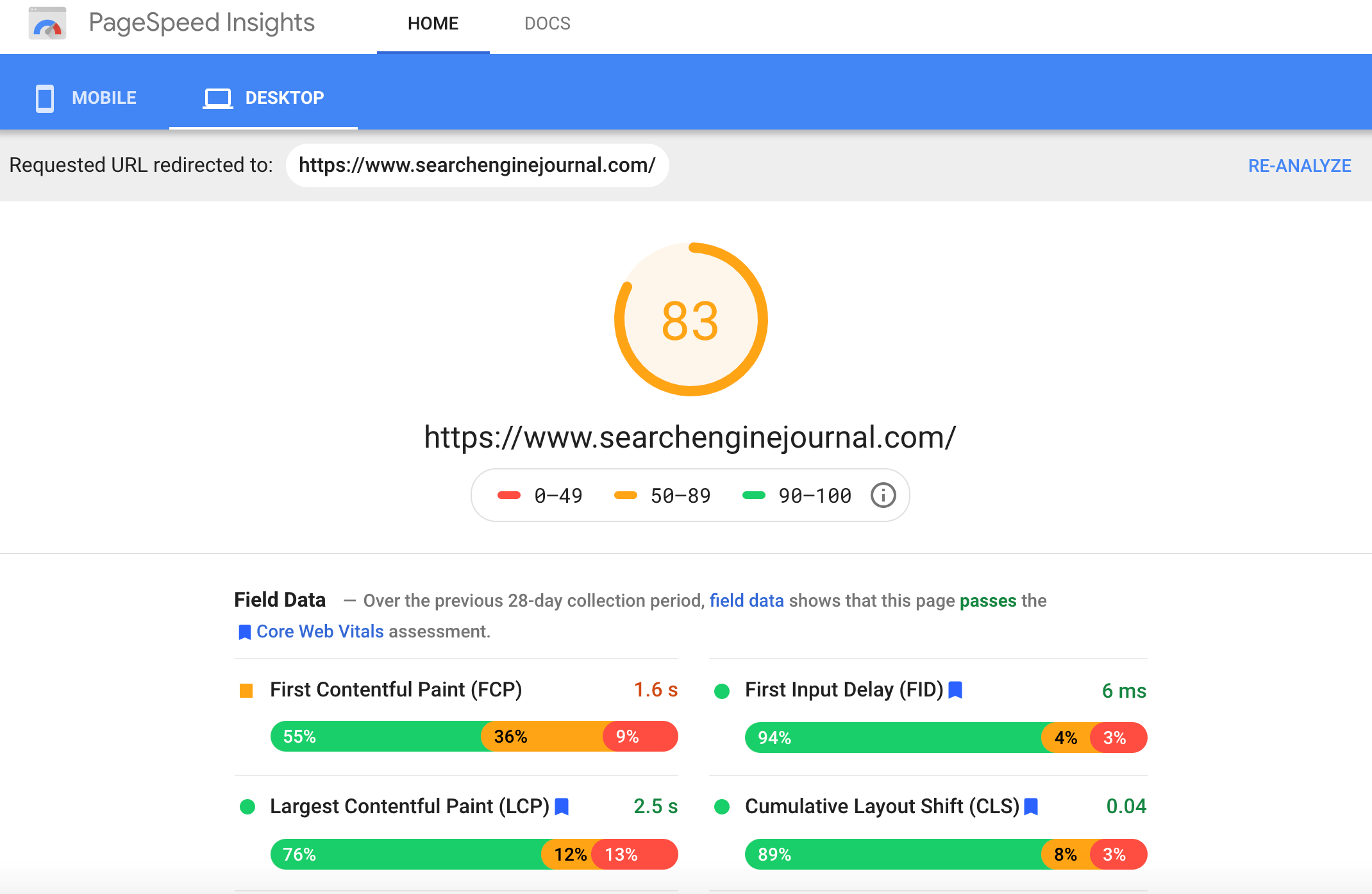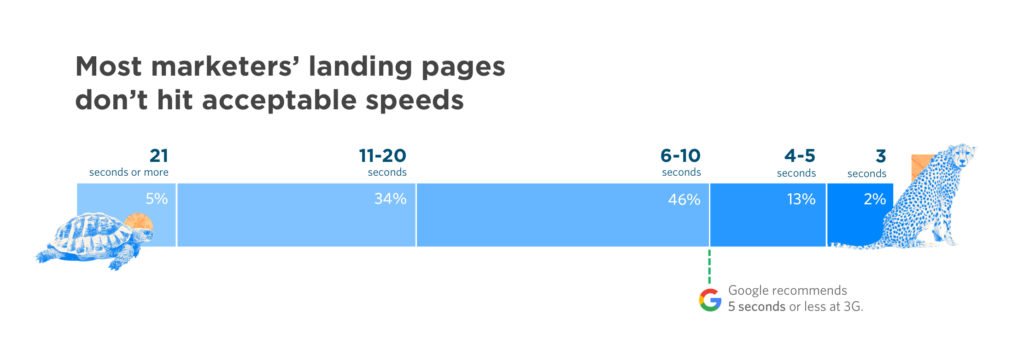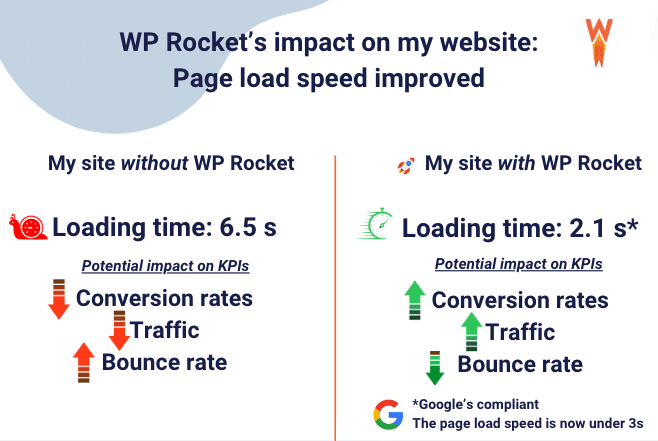What is the best loading time for a website? The ideal loading time is under 2 seconds.
This speed keeps users engaged and boosts your site’s performance. A fast-loading website is crucial in today’s digital age. Users expect quick access to information, and delays can lead to higher bounce rates. Studies show that a delay of even one second can reduce customer satisfaction. For businesses, this means lost sales and reduced engagement. Optimizing your website’s loading time is essential for a seamless user experience. To achieve this, consider using high-performance hosting solutions like Liquid Web. They offer managed hosting, dedicated servers, and cloud hosting options to ensure your site runs smoothly. With Liquid Web, you get reliable, secure, and scalable hosting tailored to your needs. Explore their services here to improve your website’s performance.
Introduction To Website Loading Time
Fast loading time is significant. It affects user experience. Users like quick websites. Slow websites make users leave. This isn’t good for business. People have short attention spans. Speed is key.
Search engines, especially Google, favor fast websites. This means a fast-loading site can rank higher, attracting more visitors and increasing sales. The correlation between speed and business growth is clear, and it’s a powerful motivator to keep your site running at optimal speed.
Website speed affects user happiness. Happy users stay longer, explore more pages, and may buy more products. Slow sites frustrate users, who leave quickly, which means lost sales.
Fast loading time builds trust, which is important for business. Users feel safe on fast sites, share their information, and come back again. Speed builds loyalty.

Credit: www.searchenginejournal.com
Key Metrics For Measuring Website Loading Time
FCP measures when the first text or image is visible. It is crucial for user experience. Faster FCP means users see content quickly. Aim for less than 1.8 seconds.
TTI shows when a page becomes fully interactive. Users can click and scroll without delay. Good TTI is under 5 seconds. This helps keep users engaged.
LCP measures when the main content is fully loaded. It is a major ranking factor. An LCP under 2.5 seconds is ideal, as this ensures a smooth experience.
Optimal Loading Time: Expert Recommendations
The ideal website loading time is under three seconds. Quick loading improves user experience and boosts search engine rankings. Experts recommend optimizing images and reducing server response time.
Industry Standards And Benchmarks
Experts agree that the ideal website loading time is under 2 seconds. Fast loading improves user experience and reduces bounce rates. Google recommends a loading time of 3 seconds or less. Websites that load quickly rank better in search engines. Slower sites may lose visitors and potential customers.
Google’s Guidelines
Google emphasizes the importance of fast loading times. Pages should load in 3 seconds or less. Slow sites often rank lower in search results. Google also values mobile-friendly designs. Speed on mobile devices is crucial for good rankings.
Factors Affecting Website Loading Time
Page size, server performance, and image optimization impact website loading time. For the best user experience, aim for a loading time of under 3 seconds.
Hosting And Server Performance
The quality of your hosting and server performance significantly affects loading times. This is where reliable hosting providers like Liquid Web come in. They offer a range of high-performance solutions, including managed hosting, dedicated servers, and cloud VPS hosting. These solutions are designed to ensure 100% uptime and faster load times, which can be crucial for your website’s performance. Poor hosting can slow down your site, but with Liquid Web, you can be assured of reliable and high-speed hosting.
Image And Media Optimization
Large images and media files can slow down your website. Optimize images by compressing them without losing quality. Use correct formats like JPEG for photos and PNG for graphics. Embed videos properly. Lazy loading can also help by loading images only when needed.
Code Efficiency And Minification
Efficient code improves load times. To reduce file sizes, minify HTML, CSS, and JavaScript files, remove unnecessary spaces and comments, and use efficient coding practices. Combining files also helps. These steps improve speed and user experience.
Tools For Measuring And Improving Loading Time
Website loading time impacts user experience significantly. The ideal loading time is under 3 seconds. Use tools like Google PageSpeed Insights and GTmetrix to measure and improve it.
Google Pagespeed Insights
Google PageSpeed Insights is a popular tool. It analyzes your website’s performance. This tool gives you a score out of 100. It also provides suggestions for improvement. You can understand where your site needs work. Faster sites get higher scores.
Gtmetrix
GTmetrix is another helpful tool. It offers detailed reports on your website’s speed. The tool shows you how your site loads and provides a breakdown of load times, helping you see which parts of your site are slow. The tool also offers recommendations for speeding up your site.
Webpagetest
WebPageTest is a versatile tool. It allows you to test your site from different locations. The tool shows you load times and performance metrics. You can see how your site performs under various conditions. WebPageTest also offers a waterfall chart. This chart helps you understand the loading process step-by-step.

Case Studies: Real-world Examples
Explore real-world case studies to understand the best website loading time. Fast loading times improve user experience and boost SEO rankings. Discover practical examples and insights.
E-commerce Websites
Fast loading times are vital for e-commerce sites. A site that loads in under 2 seconds can see higher sales. Slow sites lead to cart abandonment. Users expect quick responses. Studies show that faster sites retain more customers. Optimizing images and code helps reduce load times. Regular speed tests are essential. A quick site also boosts SEO rankings. Investing in a good hosting service is crucial.
Content-driven Websites
Content sites need to load fast, too. Readers leave slow sites quickly. An ideal load time is under 3 seconds. Speed affects user experience and engagement. Quick sites see more page views. Reducing server response time helps. Compressing files is helpful. Using a reliable hosting service ensures speed. Regular updates and maintenance are key.
For reliable hosting, consider Liquid Web. They offer high-performance solutions, including managed hosting and cloud VPS. They provide 24/7 support and a 100% uptime guarantee. Prices start at $15/month for managed hosting. Check their website for more details.
Best Practices For Achieving Optimal Loading Time
Lazy loading helps improve loading times by only loading elements when needed. This reduces the initial load time and improves user experience. Images and videos load as the user scrolls down, saving bandwidth and resources.
Browser caching stores static files on users’ devices, reducing the need for repeated downloads and speeding up page loading for returning visitors. To keep content fresh, set expiry dates on cached items.
To speed up page loading, minimize the number of HTTP requests. Combine CSS and JS files into single files. Use sprites for images where possible. This reduces the number of server requests.
Pros And Cons Of Fast Loading Times
Fast loading times improve user engagement. Users stay longer on a quick website. Search engines rank fast websites higher, which leads to more traffic and better SEO. A quicker site gives a better user experience, reduces bounce rates, and increases conversions. Businesses benefit from this.
Over-optimizing can cause issues. It may lead to neglecting other vital aspects. Some features might be removed to speed up the site, which could hurt user experience. Balance is key. It is crucial to ensure fast speed without losing essential features.
Conclusion: Striking The Right Balance
Optimal website loading time ensures a better user experience and higher search engine rankings. Aim for under three seconds to keep visitors engaged. Fast loading times boost conversions and reduce bounce rates.
Summary Of Key Points
Website loading time is crucial for user experience. A faster website keeps visitors happy, while slow websites can quickly lose users. Aim for loading times under 3 seconds. Faster sites also rank better in search engines. Use tools like Google PageSpeed Insights to check your website speed.
Final Recommendations
Prioritize speed in your web design. Optimize images and reduce file sizes. Use caching to improve load times. Choose a reliable hosting service. Liquid Web offers high-performance hosting. Their services ensure fast and secure websites. They provide 24/7 support and scalable solutions. Check out their plans here.

Credit: www.incrementors.com

Credit: wp-rocket.me
Frequently Asked Questions
How Long Should I Wait For A Website To Load?
A website should load within 2-3 seconds for optimal user experience and SEO benefits.
Should Your Website Design Load In 4 Seconds?
Yes, your website design should load in 4 seconds or less. Fast loading times improve user experience, reduce bounce rates, and boost SEO rankings.
What Is The Load Time Goal For A Website?
A website’s load time goal should be under 3 seconds. Faster load times improve user experience and SEO rankings.
Do 47% Of Customers Expect A Web Page To Load In 2 Seconds Or Less?
Yes, 47% of customers expect a web page to load in 2 seconds or less. Fast loading improves user experience.
Conclusion
Optimal website loading time is crucial for user experience and SEO. Aim for under two seconds. Fast load times improve engagement and search rankings. Need reliable hosting? Consider Liquid Web for quick, secure, and scalable solutions. Their 24/7 Heroic Support ensures your site runs smoothly. Speed matters. Choose a hosting provider committed to performance. Your website’s success depends on it.
